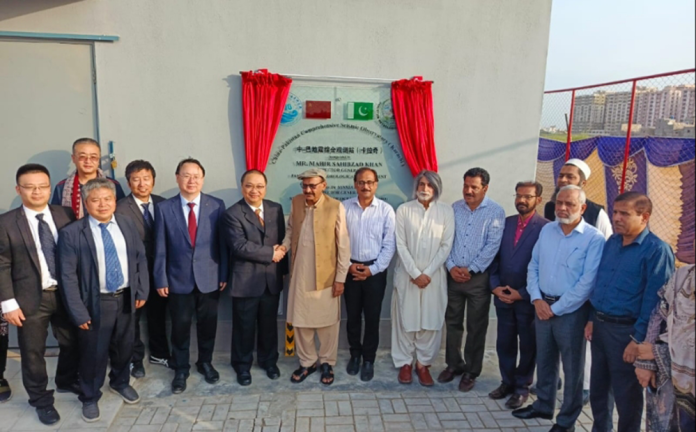The Pakistan Meteorological Department (PMD), in collaboration with China’s Second Institute of Oceanography (SIO), on Thursday inaugurated the China-Pakistan Comprehensive Seismic and Geophysical Observatory in Karachi — the first facility of its kind in the region.
Ameer Haider Leghari, Chief Meteorologist at PMD, told the reporter that the new station integrates three advanced functions: Global Navigation Satellite System (GNSS) observations, seismic monitoring for earthquakes, and geomagnetic measurements to study magnetic storms.
“This facility will also help us analyze energy accumulation along tectonic faults, which is vital for understanding earthquake risks in Pakistan,” Leghari said.
He explained that Pakistan has operated geomagnetic observatories in Quetta, Gilgit, and Karachi since 1952, all based on first-generation systems. “The new Karachi station represents the third generation, equipped with modern instruments and digital processing capacity,” he added.
Leghari noted that the system was costly to install due to its specialized hardware and software, crediting the Chinese government’s support for making it possible. He stressed that the facility is crucial for strengthening Pakistan’s disaster preparedness and scientific research.
Looking ahead, he emphasized that joint training programs are part of the collaboration. “In the next phase, Pakistani scientists will receive training in China to gain expertise in the latest technology and its applications,” he said.
According to PMD, the observatory will significantly enhance Pakistan’s ability to monitor earthquakes and geomagnetic disturbances while contributing to international scientific data-sharing networks that track space weather phenomena capable of disrupting communications, navigation, and power systems worldwide.


